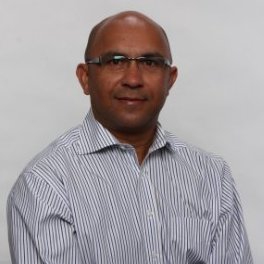
Securing medical marijuana
By Terry Hoffman
Features OpinionIn 2013, there were nearly 38,000 medical marijuana patients in Canada. According to Health Canada, this group of licensed users produced approximately 190,000 kg of pot last year in legitimate home-grow operations.

On April 1, 2014, it will become illegal for users to grow their own marijuana. The existing laws are being replaced by the new Marijuana for Medical Purposes Regulations (MMPR). The government suggests that this change will improve product quality and have a positive impact on community safety by deterring diversion toward illicit markets. The change also opens the door for large commercial companies to produce and sell medical marijuana in mass quantities, providing they can meet the stringent security requirements of Health Canada.
The security requirements for medical marijuana are stipulated in Division 3 of the MMPR. Additionally, the Health Canada Directive on Physical Security Requirements for Controlled Substances provides a series of minimum compliance standards on security that need to be met by licensed producers.
This is where many applications run into difficulties. The MMPR identifies a series of security outcomes without providing details on how to achieve them. The Security Directive is, by contrast, highly prescriptive. It specifies very particular physical security measures based on the “level” one is trying to achieve (levels are based on the amount of the product at the facility and the location of the facility). The Directive was originally written in 1985, however, and poorly reflects the subsequent huge advances in security technology and practices.
At G4S Risk & Compliance, we have assisted numerous clients with the security portion of their MMPR applications. The first step is to conduct a detailed gap assessment. This specialized security survey assesses the current state of a facility and measures its existing physical protection systems against Health Canada’s minimum requirements to achieve a particular security level.
The next step is designing the facility layout, in consultation with project architects, engineers and construction contractors, to maximize physical security synergies. The physical protection systems must be designed and electronic security system (ESS) drawings produced. These drawings are used to assist with the Health Canada approval process as well to implement the security system.
Finally, our team is able to aid in the procurement and RFP documentation process as well as with the final commissioning of the system.
Health Canada estimates that medical marijuana will be a multi-billion dollar business in the years to come. For companies looking to compete in this market, it pays to have expert security advice.
Terry Hoffman is the managing director, risk and compliance, for G4S Canada.
Print this page
Advertisement
- Build your future with Security Career Expo
- Cost of security at 2015 Pan Am Games in Toronto jumps to $239 million
Leave a Reply